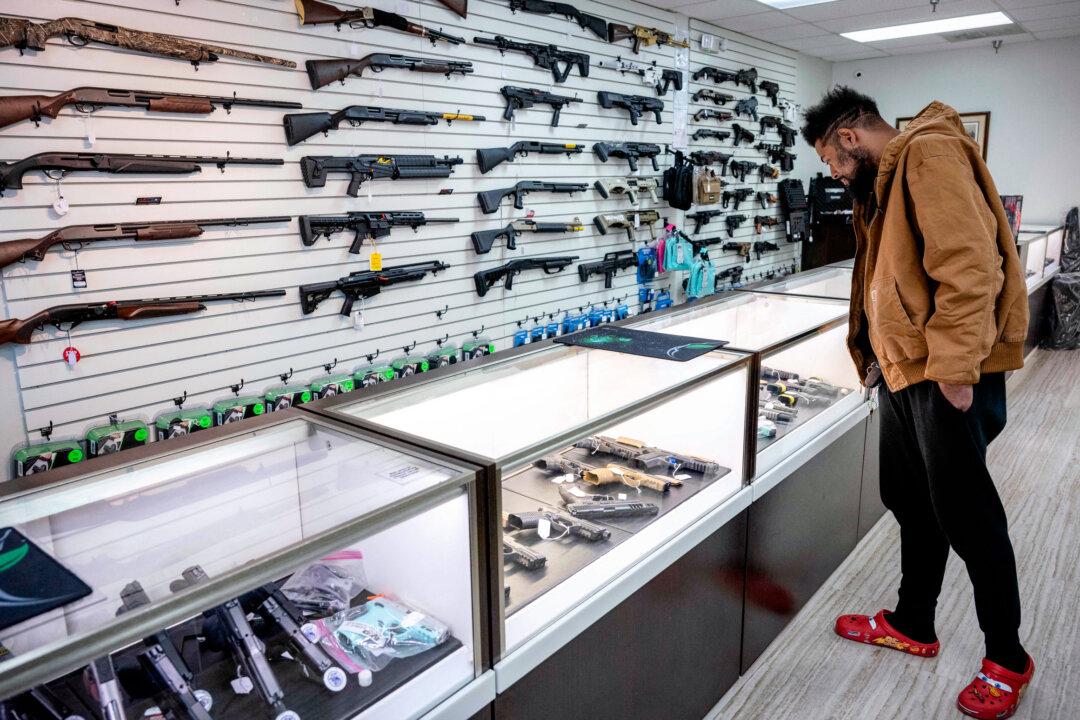Some gun parts are not covered by the U.S. Constitution’s Second Amendment, a federal appeals court has decided.
“Possession of firearms themselves is covered by the plain text of the Second Amendment, possession of firearm accessories is not,” U.S. Circuit Judge Jennifer Walker Elrod said in the Feb. 6 opinion.





